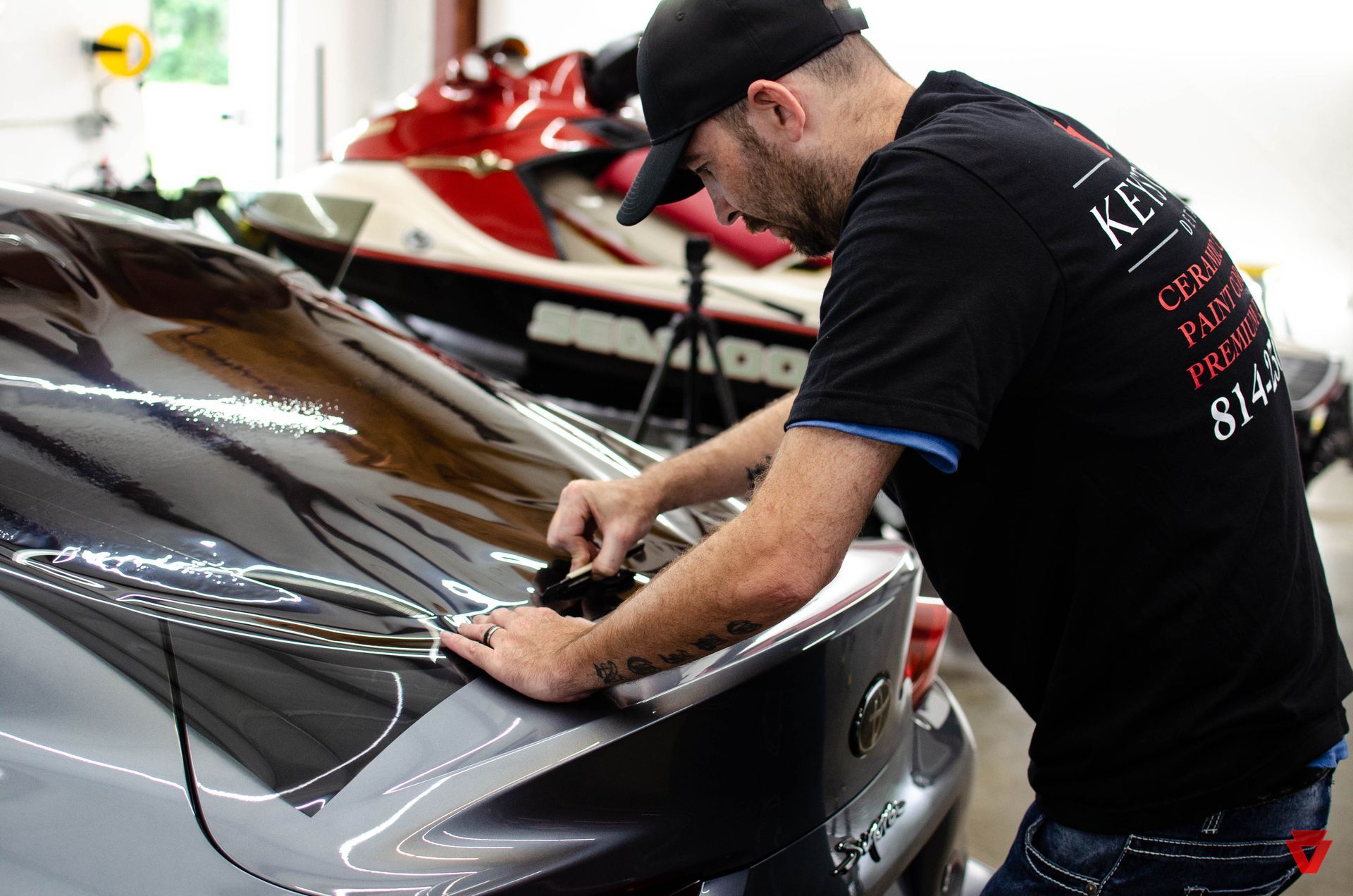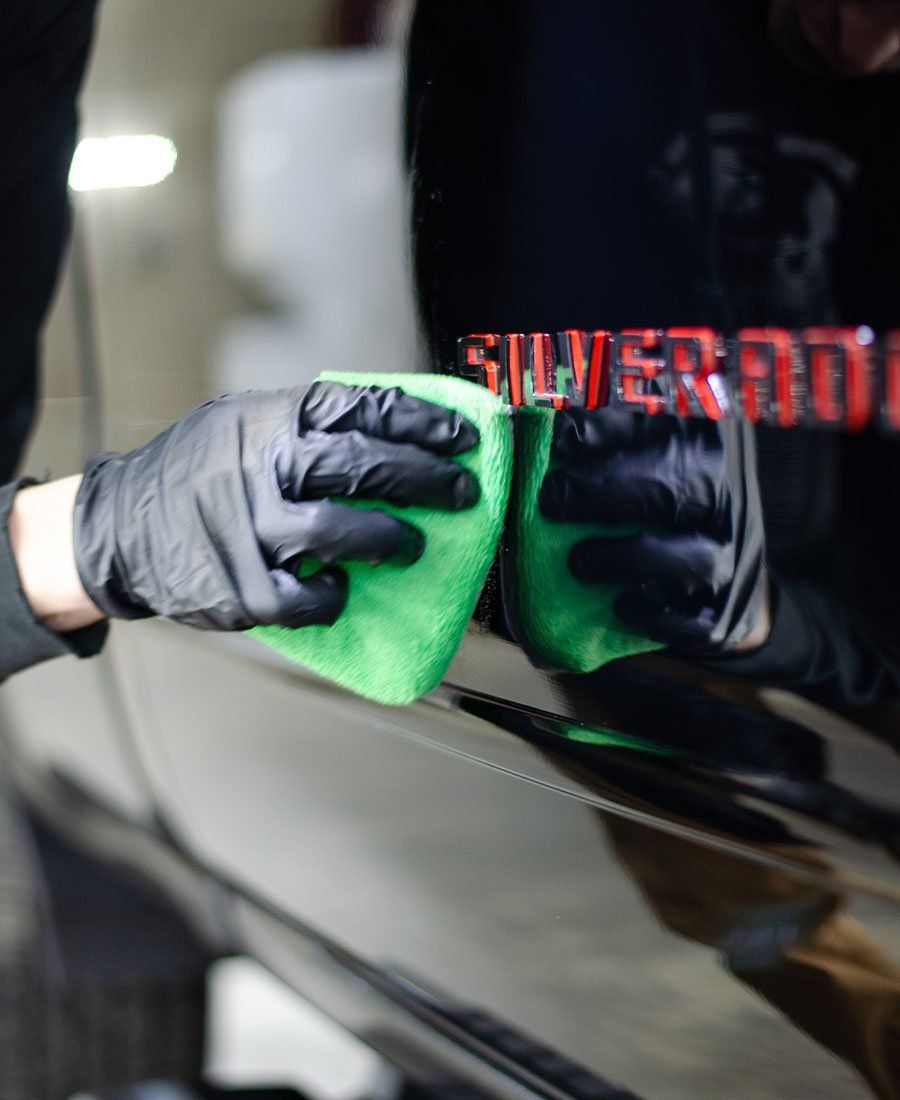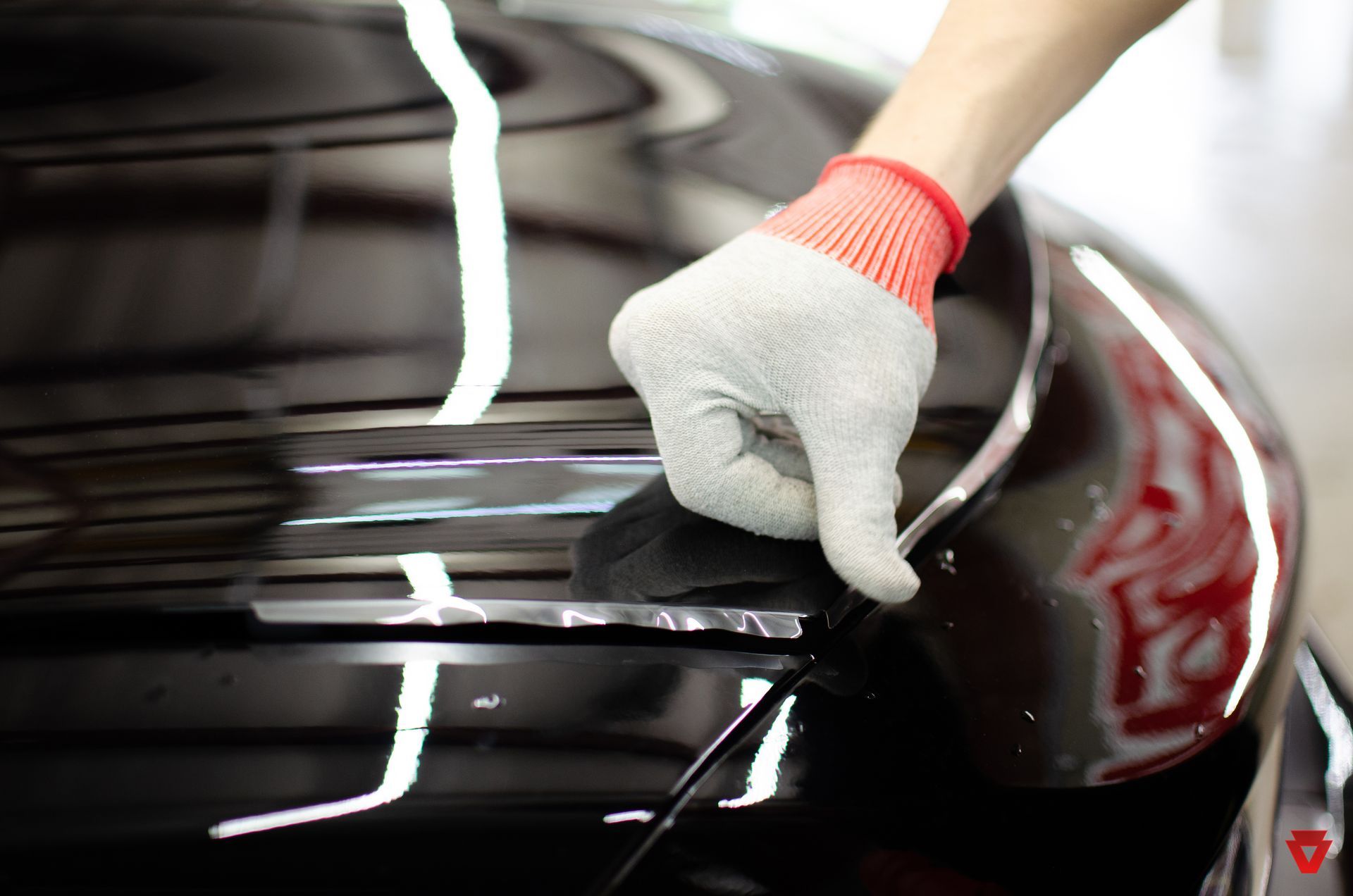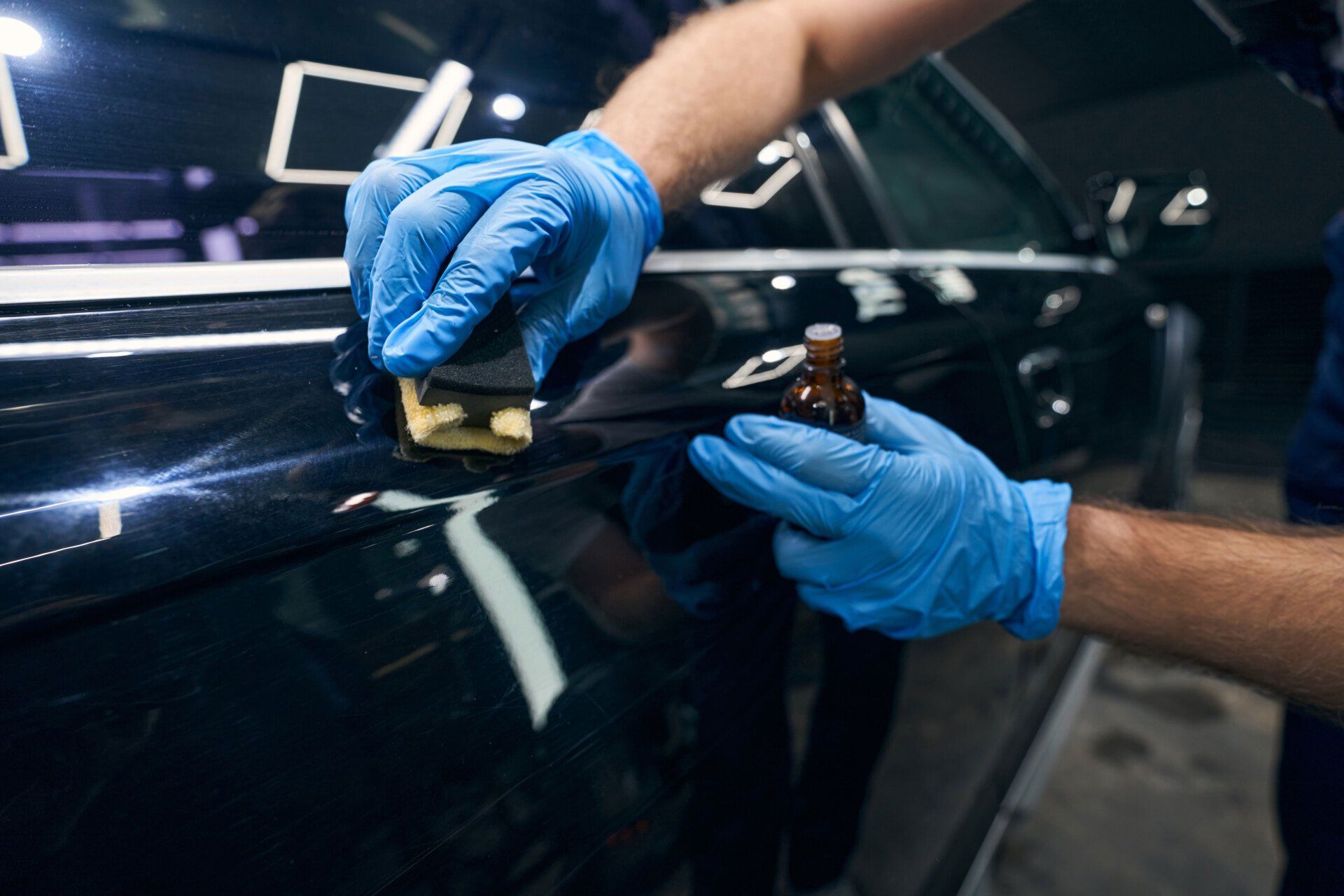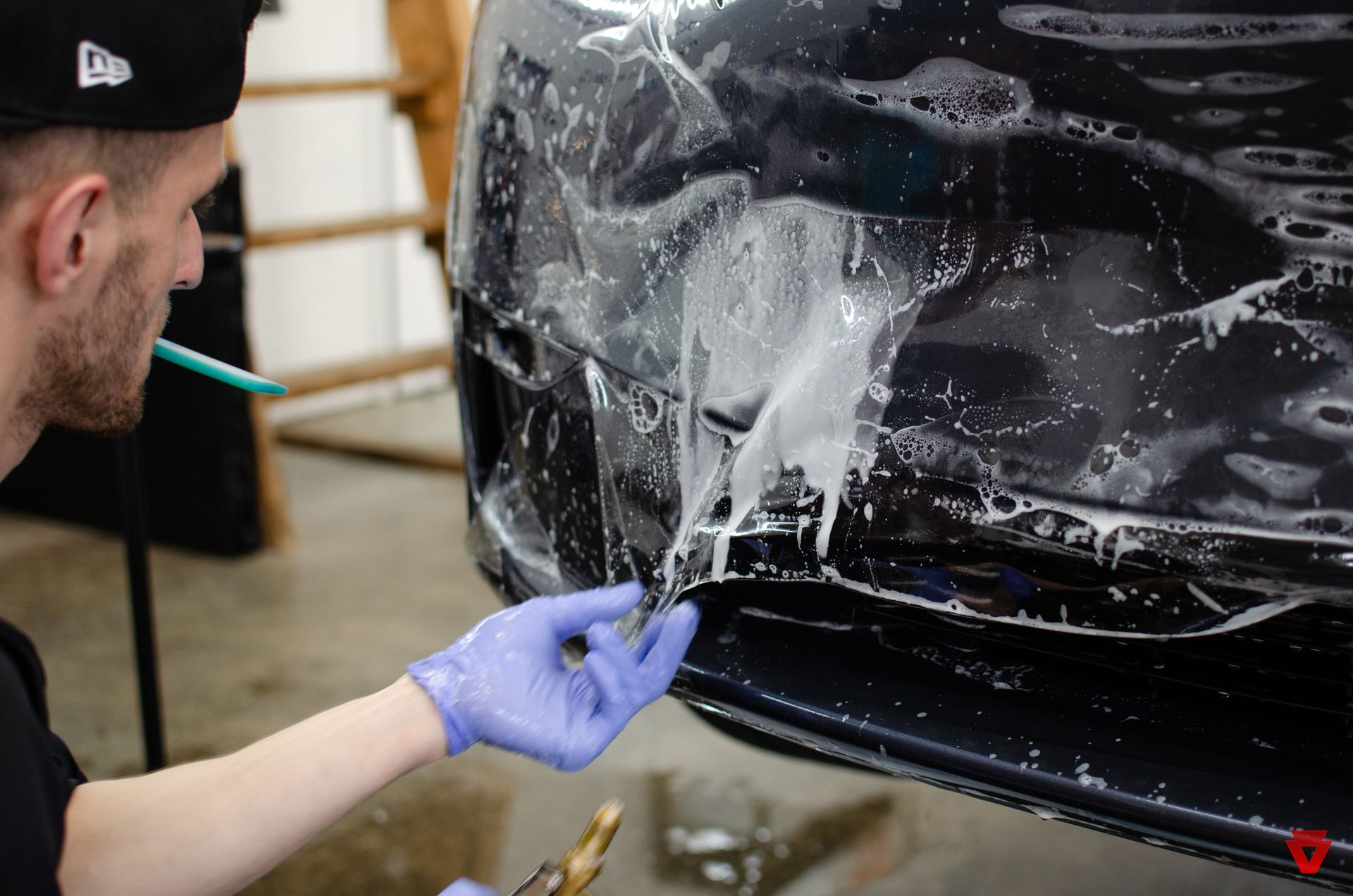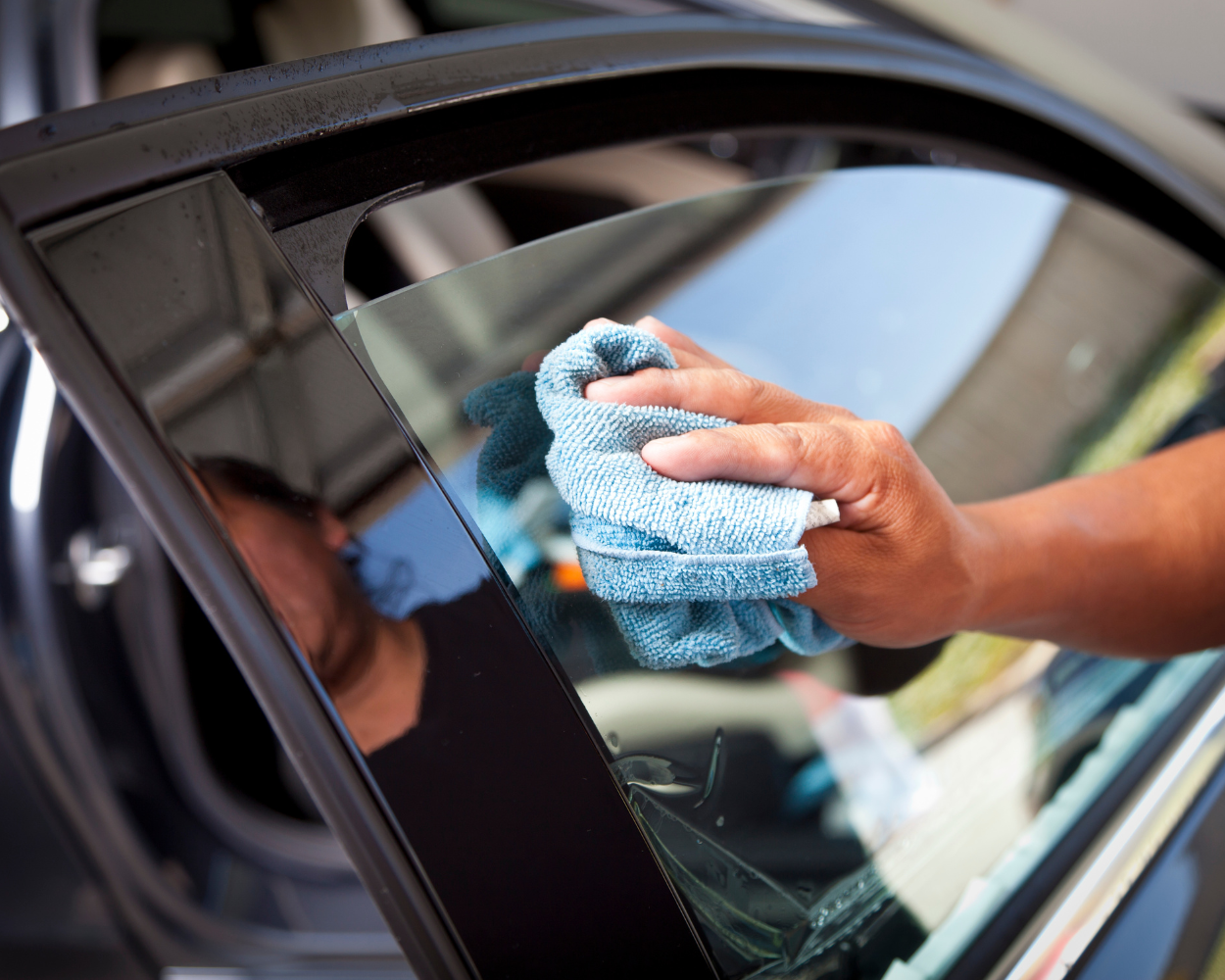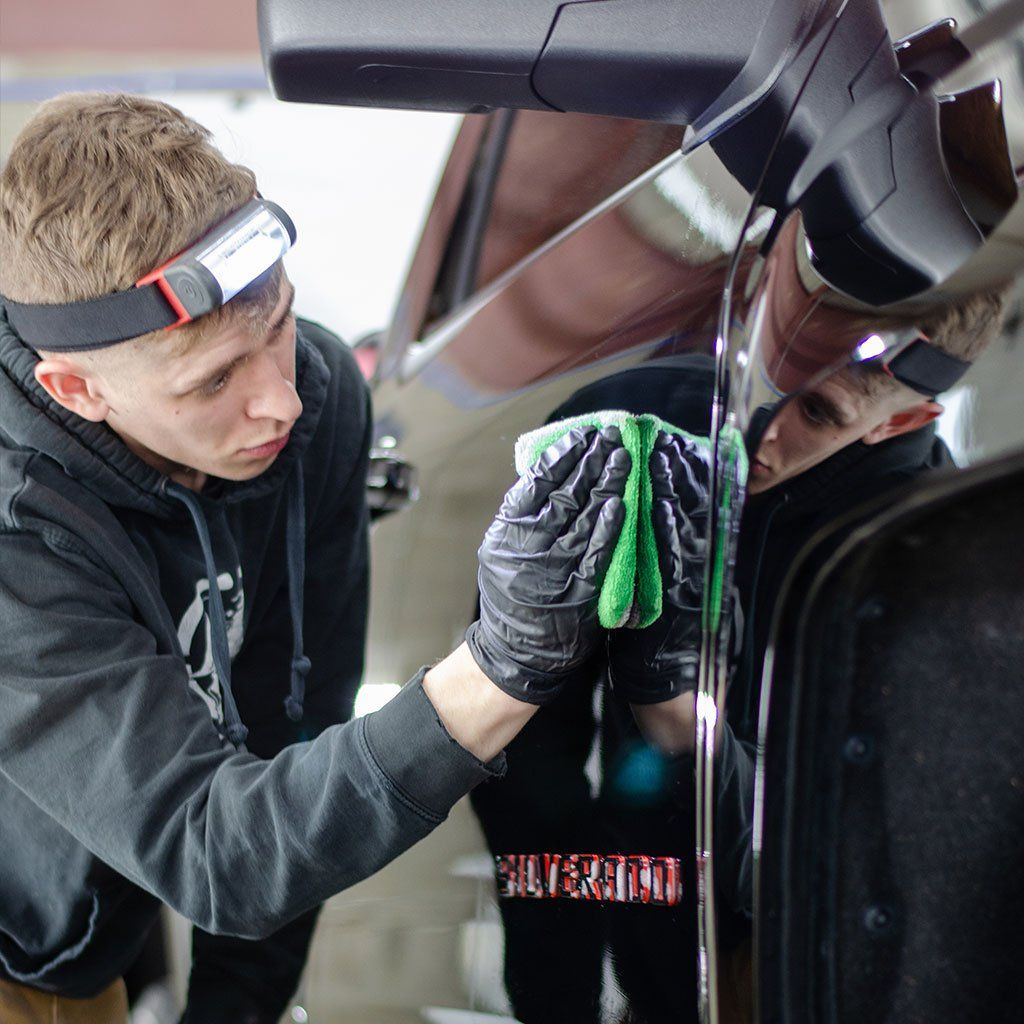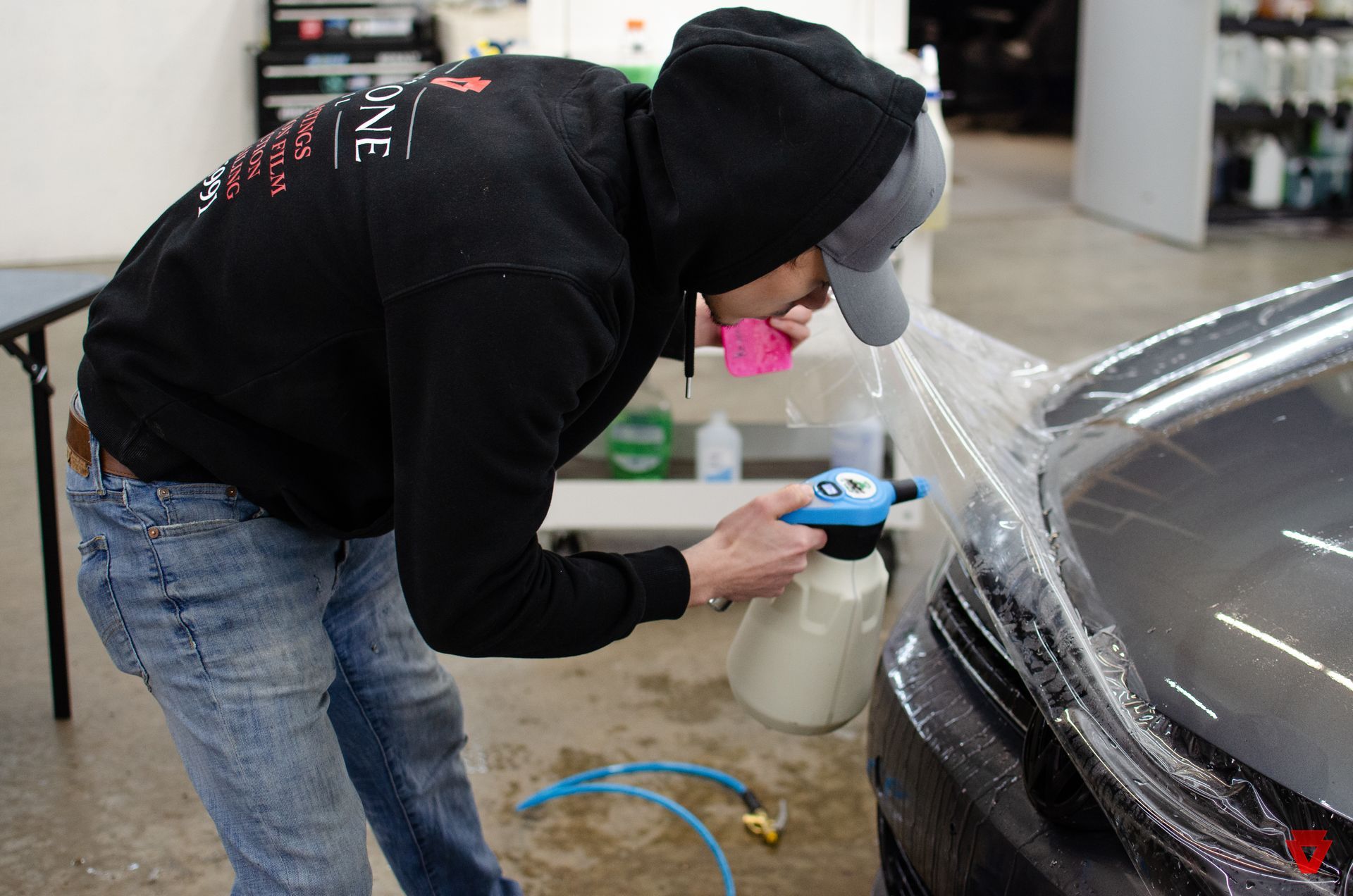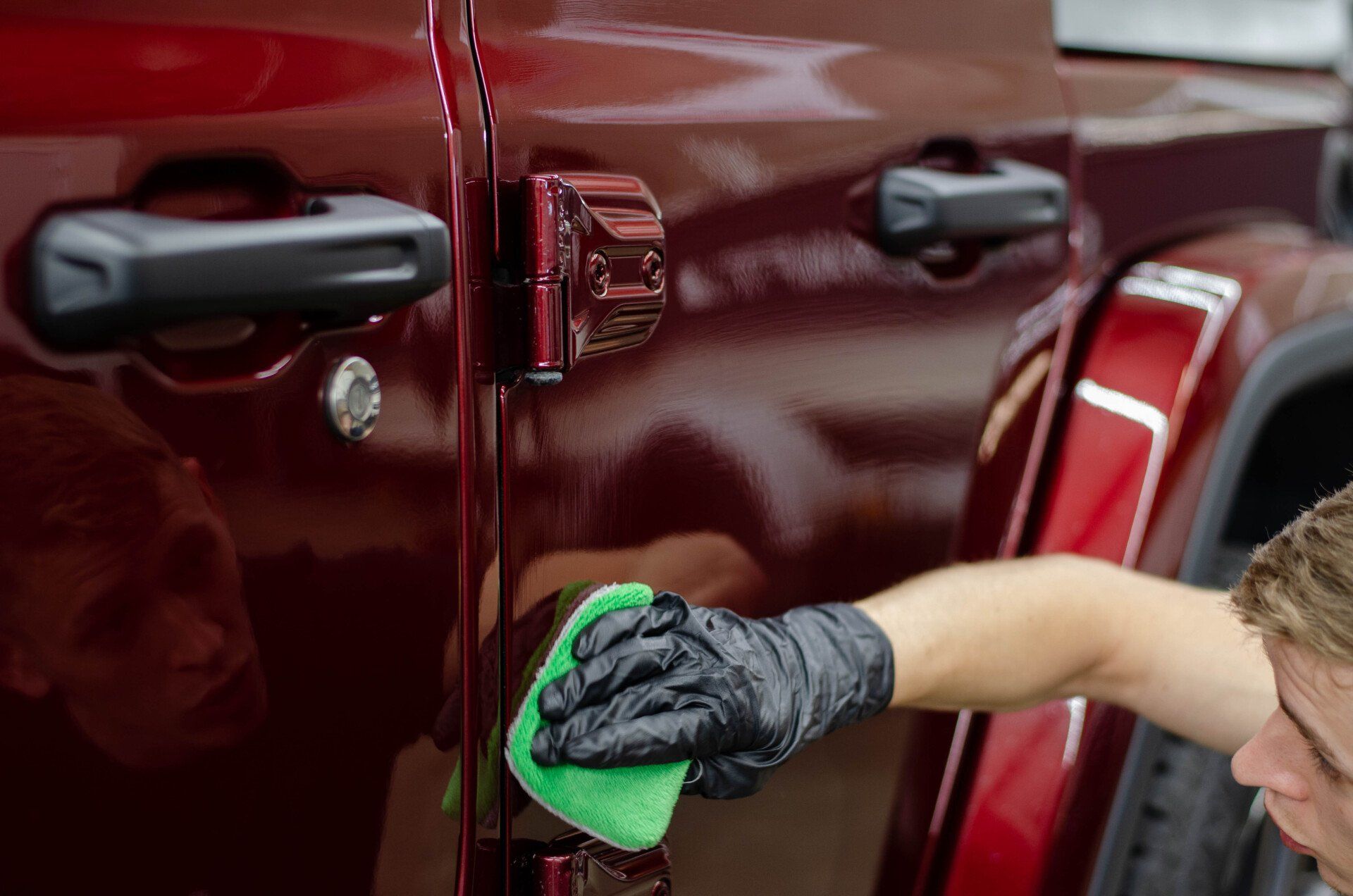3 Essential Tips to Keep Your Car Pristine During Winter in Erie, PA
Introduction:
The chilly winter months in Erie, PA, can take a toll on your vehicle's appearance and performance. Harsh weather conditions, road salt, and freezing temperatures can wreak havoc on your car's exterior and interior. However, with the right strategies, you can maintain your car's cleanliness and protect it from winter's grasp. In this blog post, we'll share three crucial tips from Keystone Detail to help you keep your car looking pristine throughout the winter season.
1. Regular Washes are Your Best Friend:
One of the most effective ways to preserve your car's appearance during winter is to establish a routine of regular car washes. Road salt and de-icing chemicals are essential for safe winter driving, but they can cause serious damage to your vehicle's paint and undercarriage if left untreated. As snow and ice melt, they mix with these chemicals, creating a corrosive slurry that can eat away at your car's finish.
Here's how to make regular washes work for you:
A. Opt for Hand Washes: Automated car washes might be convenient, but they often lack the precision needed to thoroughly clean your vehicle. During winter, dirt and grime can accumulate in hard-to-reach areas, increasing the risk of corrosion. Hand washing allows you to pay special attention to these areas and ensure a more thorough clean.
B. Use a Winter-Specific Car Wash Soap: Not all car wash soaps are created equal. Invest in a winter-specific car wash solution that's formulated to remove road salt, grime, and ice-melting chemicals without damaging your car's paint or protective wax coating.
C. Don't Forget the Undercarriage: The undercarriage of your car is particularly vulnerable during the winter due to its exposure to road salt and moisture. Regularly wash the undercarriage to remove accumulated salt, which can lead to rust and corrosion over time.
2. Protective Coatings:
Winter weather doesn't just take a toll on your car's paint; it can also weaken the protective wax layer that shields your vehicle from the elements. To combat this, consider applying a high-quality wax before the winter season begins. Waxing your car provides an additional layer of protection against the harsh winter elements, helping to maintain its shine and reduce the risk of damage.
Follow these waxing tips to safeguard your car:
A. Choose a Quality Wax: Invest in a reputable wax product that is designed for winter conditions. These waxes are formulated to withstand colder temperatures and protect your car's finish from the corrosive effects of road salt.
B. Apply Multiple Coats: To provide maximum protection, consider applying multiple coats of wax. A couple of layers can help create a stronger barrier against the elements and ensure your car's longevity.
C. Reapply as Needed: Wax wears off over time, so it's essential to monitor your car's appearance and reapply wax as necessary. If you notice water no longer beading on the surface, it's time for another waxing session.
3. Interior Maintenance Matters:
While most of the focus during winter is on protecting the exterior of your vehicle, don't overlook the importance of maintaining your car's interior. The slush, snow, and mud you track into your car can lead to stains and wear on your carpets and upholstery. Keeping the interior clean not only enhances your driving experience but also preserves the value of your vehicle.
Here's how to keep your car's interior in top shape:
A. Use Weather-Resistant Floor Mats: Invest in high-quality, weather-resistant floor mats to protect your car's carpets from dirt, moisture, and salt. These mats are easy to clean and can be removed, making it a breeze to get rid of winter's mess.
B. Regular Vacuuming and Wiping: Set aside time for regular vacuuming and wiping down of surfaces. This will prevent the buildup of dirt and grime that can accumulate over the winter months. Pay extra attention to areas where salt and snow are likely to accumulate, such as the footwells.
C. Carry Cleaning Supplies: Keep a small cleaning kit in your car, complete with a portable vacuum, microfiber cloths, and a gentle interior cleaner. This way, you can address spills and messes promptly before they become more challenging to clean.
Conclusion
Maintaining your car's cleanliness during the harsh Erie, PA winters requires commitment and a proactive approach. Regular hand washes, protective waxing, and interior maintenance are the keys to preserving your vehicle's appearance and value. By following these three essential tips from Keystone Detail, you can ensure that your car remains in pristine condition despite the challenges posed by winter weather. Remember, a little extra care goes a long way in keeping your vehicle shining through even the coldest months.
If you don't want to take on this task of regular upkeep we are here to help. You can reach us
here at our contact page!
